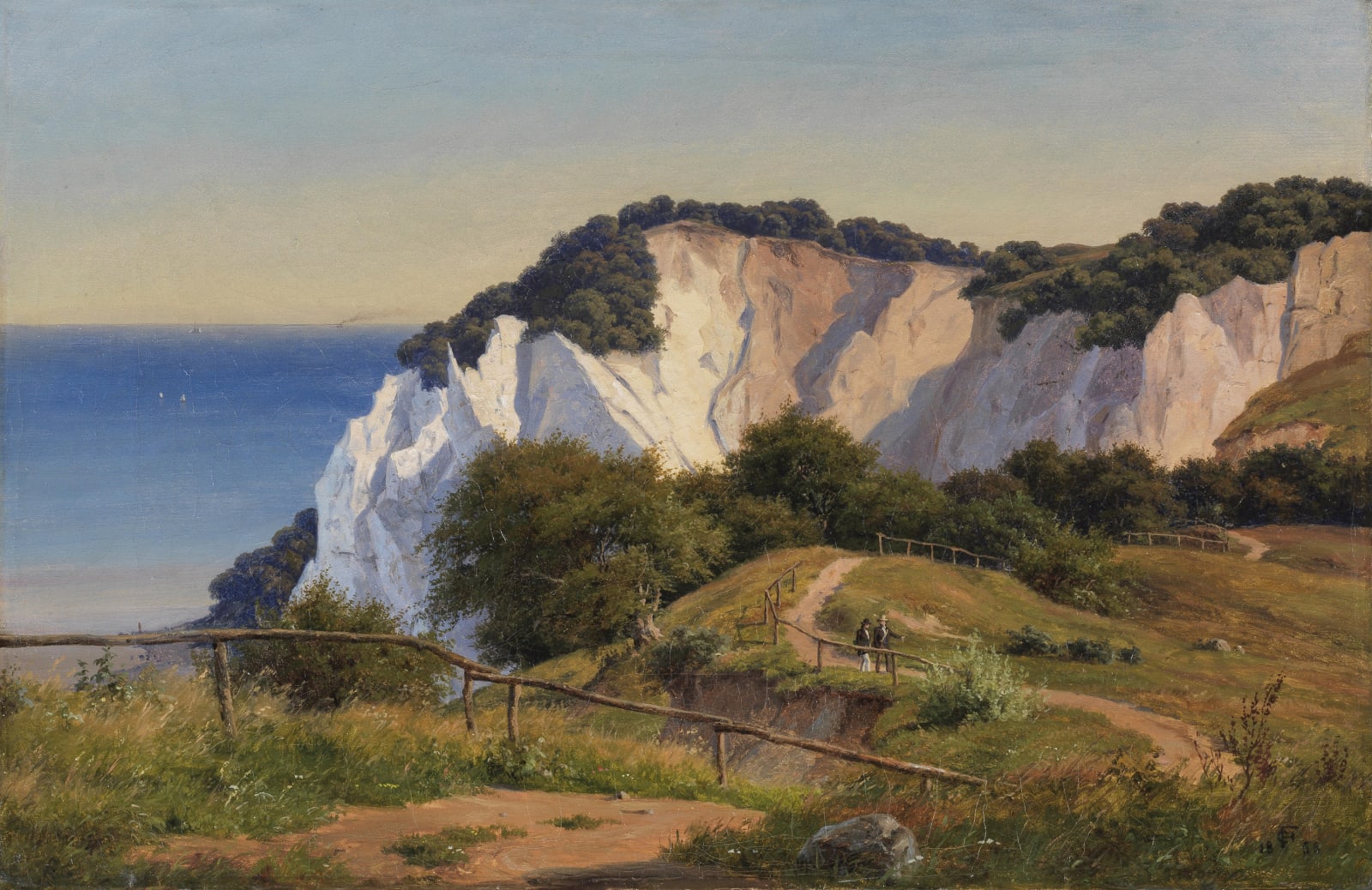WALTHER GASCH
View from the Benediktenwand Peak of the Zillertal Alps, 1938


Carsten HENRICHSEN
(1824–1897, Copenhagen)
Subscribe to our newsletter to receive all the news about exhibitions, fairs and new acquisitions!